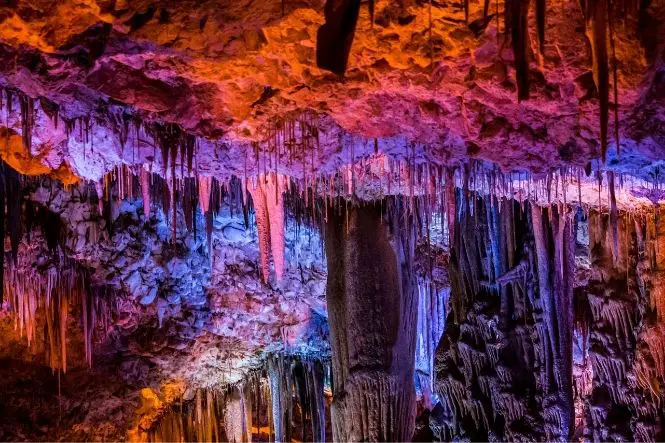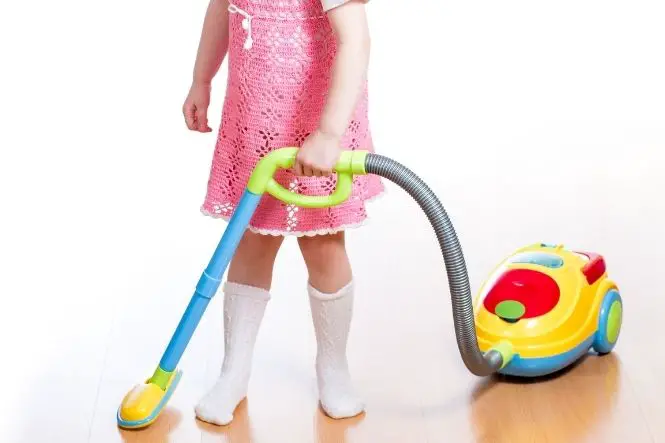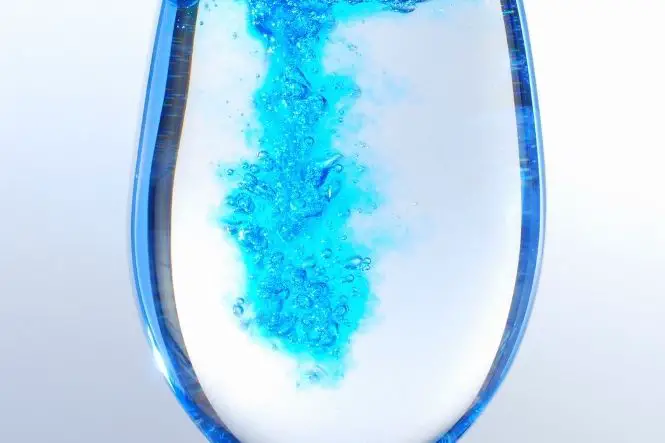As air gets warm, the air molecules have more energy and move around more, taking up more space. As the warm air expands, it becomes less dense (see ‘Floating and Sinking: Looking at Density’) than the cold air, so rises up and floats above the cold air. Water acts in a similar way (see ‘Warm and Cold: Heavy Water’).
Warm and Cold Air: Inflating and Collapsing Balloons
Fill a milk bottle with hot water, and fill a bowl with cold water. After about a minute, pour the hot water out of the bottle. Stretch a balloon over the neck of the bottle, and put the bottle in the bowl of cold water. What happens to the balloon? Did it work without the bottle being heated?
The warm bottle heats the air inside, making the air expand. As the air cools down again it contracts, taking up less space, and should pull the balloon inside the neck of the bottle, and perhaps even make it begin to inflate inside the bottle. Try putting the bottle back in a bowl of hot water.
Put a balloon over the neck of a milk bottle at room temperature, and then put the bottle in a bowl of hot water. What happens to the balloon?
The hot water heats the air inside the bottle, making the air expand. This takes up more space, so should begin to inflate the balloon.
Blow up three balloons to roughly the same size and measure them around the widest point. Leave one balloon at room temperature; put a second in the fridge and a third in the freezer for an hour. Measure the balloons again – what has happened to them? Leave the cold balloons to get back to room temperature and measure them again – what has happened to them?
The balloon at room temperature should stay the same size (unless it has a leak). The cold in the fridge and freezer should make the air contract, making the balloons smaller. As they return to room temperature, they should expand again.
Convection Currents
Cut a spiral in a circle of paper and hang it from the centre above a warm radiator. Watch the spiral. Does the same happen over a cold radiator?
Because warm air is less dense it tends to rise, and cold air tends to sink. This creates something called a convection current (see also ‘Warm and Cold: Heavy Water’), which causes the spiral to spin. Central heating warms rooms through convection currents. The air next to a radiator gets warm and rises away, and is replaced by cooler air, which then gets warm and rises away. As the air cools, it drops down, to reheat and rise again. Underfloor heating heats the air at floor level. This rises and warms the room.
Convection currents over warm land masses and cool seas create sea breezes and land breezes.
Hot Air Balloons
A hot air balloon uses a burner to heat the air inside the balloon. This makes the air warmer, and so less dense, than the surrounding air, making the balloon rise.







